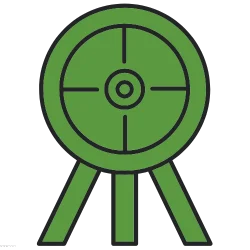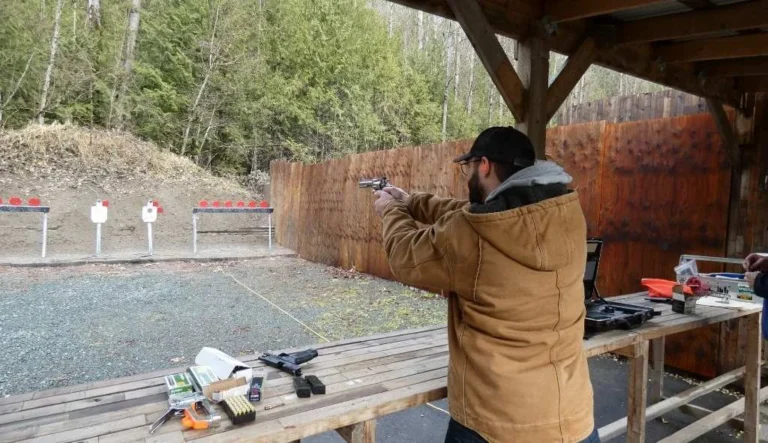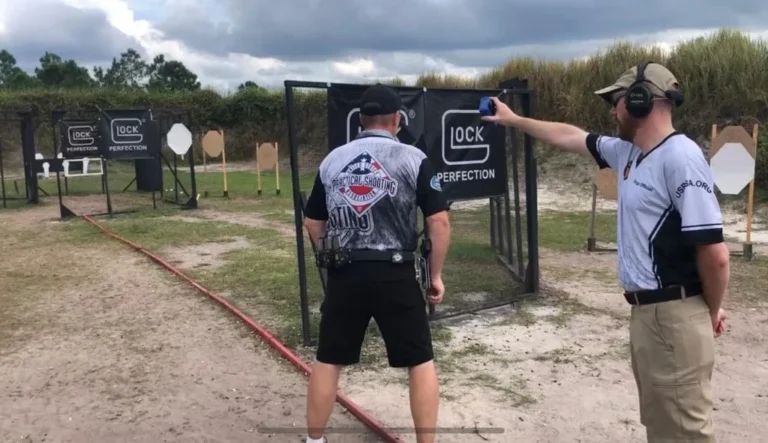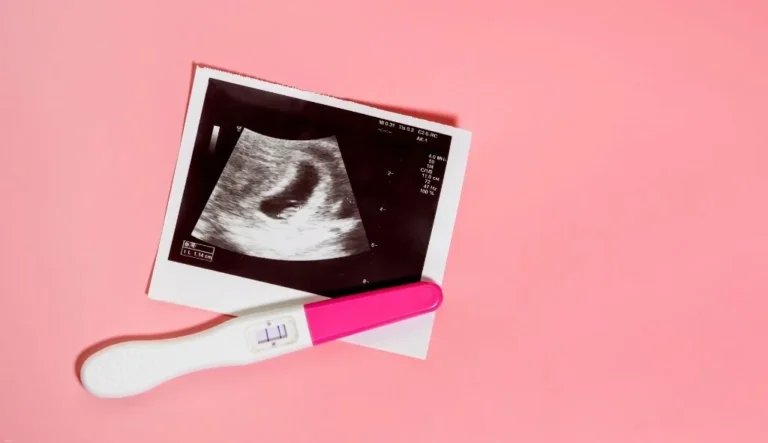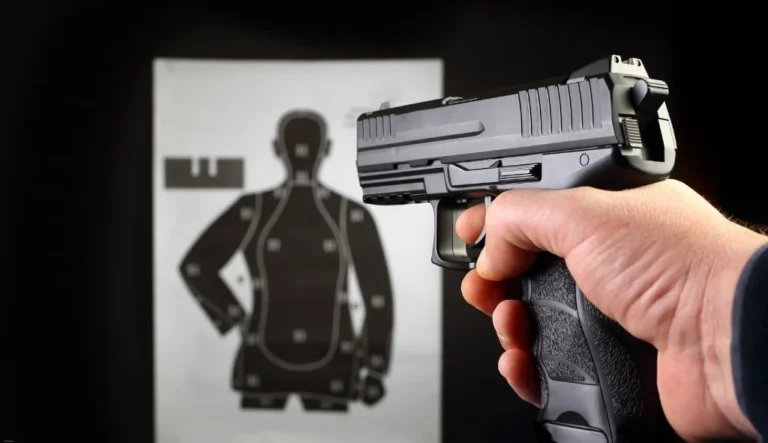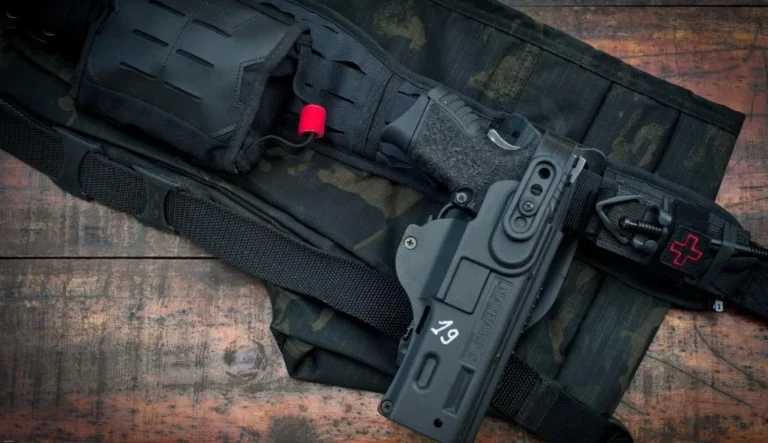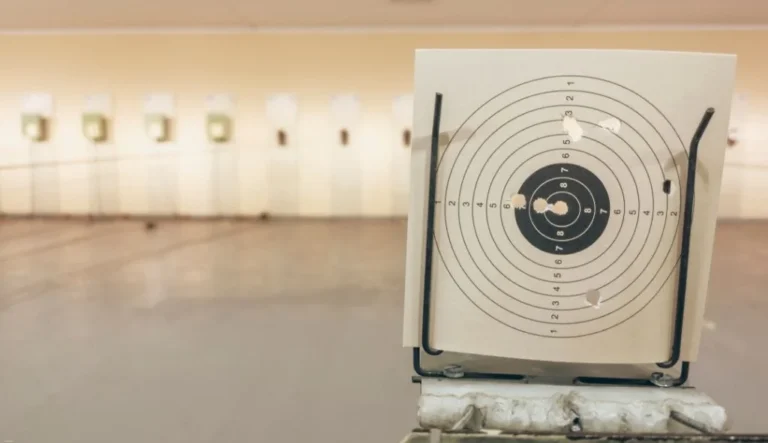Shooting range etiquette encompasses crucial safety rules and respectful behavior. Always treat firearms as loaded, keep muzzles pointed downrange, follow range officer commands, and wear proper protective gear. Respect other shooters and maintain a clean, safe environment.
Understanding Shooting Range Safety
Safety is paramount at any shooting range. Whether you’re a seasoned shooter or a beginner, following proper etiquette and safety protocols is essential to ensure a safe and enjoyable experience for everyone.
The Four Fundamental Firearms Safety Rules
- Treat every gun as if it’s loaded
- Keep your finger off the trigger until ready to shoot
- Always point the muzzle in a safe direction
- Be sure of your target and what’s beyond it
These rules form the foundation of responsible gun handling and should be followed at all times, both on and off the range.
Range-Specific Safety Procedures
Shooting ranges operate under two main conditions: hot and cold. A “hot” range means shooting is allowed, while a “cold” range indicates all firearms must be unloaded and not handled.
When the range is cold:
- Cease all firearm handling
- Step away from the shooting bench
- Wait for further instructions from the Range Safety Officer (RSO)
When the range is hot:
- Handle firearms only at the designated firing line
- Keep muzzles pointed downrange at all times
- Load firearms only when ready to shoot
Always follow the RSO’s instructions immediately. If you hear “Cease fire,” stop shooting at once, remove your finger from the trigger, keep the firearm pointed downrange, and wait for further instructions.
Proper Equipment and Attire
Wearing the right gear is crucial for your safety and comfort at the shooting range.
Eye and Ear Protection
- Always wear ANSI Z87.1 certified safety glasses
- Use electronic ear protection or high-quality earplugs
- Adjust your protective gear before entering the range
Appropriate Clothing
- Wear closed-toe shoes
- Choose shirts with high collars to prevent hot brass from falling inside
- Consider wearing a hat for additional protection
Range Etiquette and Behavior
Respectful behavior at the range ensures a positive experience for all shooters.
Respecting Other Shooters
- Stay within your assigned shooting lane
- Avoid distracting other shooters with unnecessary conversation
- Never touch another shooter’s equipment without permission
Following Range Commands
- Listen carefully to all RSO instructions
- Respond immediately to “Cease fire” commands
- Wait for the “Range is hot” announcement before handling firearms
Handling Firearms Safely
- Always keep firearms unloaded until at the firing line
- Point muzzles downrange at all times
- Use only one firearm at a time in your shooting station
Shooting Procedures
Proper shooting procedures help maintain safety and improve your skills.
Target Placement and Shooting
- Set targets at appropriate distances as specified by range rules
- Shoot only at your own targets
- Avoid cross-lane shooting
Dealing with Malfunctions
If your firearm malfunctions:
- Keep the muzzle pointed downrange
- Engage the safety if possible
- Raise your non-shooting hand to signal for assistance
- Wait for an RSO to help resolve the issue
Range Cleanliness and Maintenance
Keeping the range clean is everyone’s responsibility.
Cleaning Up After Shooting
- Pick up your spent brass (if allowed by range rules)
- Dispose of used targets properly
- Remove all personal items and trash before leaving
Reporting Issues
- Inform the RSO of any safety concerns or equipment malfunctions
- Report any damage to range property
Improving Your Shooting Skills
Regular practice and proper technique are key to becoming a better shooter.
Focus on Fundamentals
- Maintain proper stance and grip
- Practice sight alignment and trigger control
- Work on your follow-through after each shot
Regular Practice
- Visit the range consistently to hone your skills
- Try different types of firearms (if allowed) to broaden your experience
- Consider taking professional instruction to improve technique
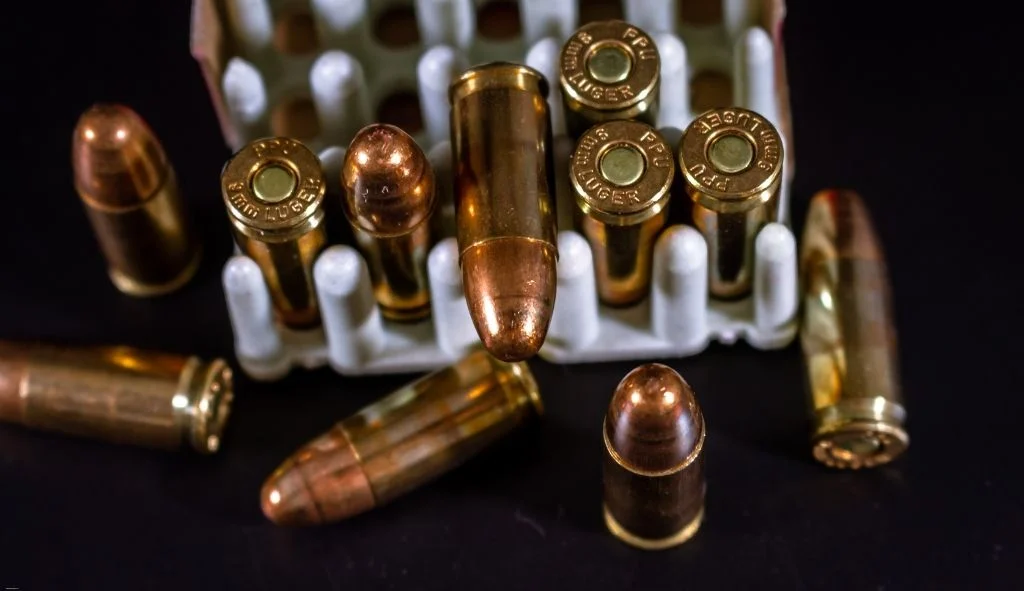
Special Considerations for Different Firearms
Different types of firearms may have specific rules or considerations at the range.
Handguns
- Draw from holsters only if explicitly allowed by range rules
- Practice proper grip and stance for accurate shooting
Rifles
- Use appropriate target distances for rifle calibers
- Be aware of increased recoil and muzzle blast
Shotguns
- Check range rules for allowed ammunition types (e.g., slugs vs. birdshot)
- Be mindful of the wider spread pattern when shooting
Range-Specific Rules and Regulations
Every shooting range may have its own set of rules in addition to general safety guidelines.
Common Range-Specific Rules
- Restrictions on rapid fire or automatic weapons
- Limits on the types of ammunition allowed
- Rules about retrieving targets or spent brass
Membership and Waivers
- Many ranges require signing a liability waiver
- Some offer membership options with additional benefits
- Familiarize yourself with the range’s policies before your visit
Handling Emergencies at the Range
Knowing how to respond in emergency situations is crucial for all range users.
Medical Emergencies
- Alert the RSO immediately if someone is injured
- Know the location of first aid kits and emergency equipment
- Follow the range’s established emergency procedures
Fire Safety
- Be aware of the locations of fire extinguishers
- Follow evacuation procedures if a fire occurs
Etiquette for New Shooters
If you’re new to shooting, there are additional considerations to keep in mind.
Asking for Help
- Don’t hesitate to ask the RSO or experienced shooters for assistance
- Be open about your experience level to receive appropriate guidance
Starting with the Basics
- Begin with smaller caliber firearms to build confidence
- Focus on accuracy rather than speed when starting out
Environmental Considerations
Responsible shooting includes being mindful of environmental impacts.
Lead Exposure
- Wash hands thoroughly after shooting
- Avoid eating or drinking while at the range
Noise Pollution
- Use suppressors if allowed and appropriate
- Be considerate of neighboring properties when shooting outdoors
Technology and Shooting Ranges
Modern technology has found its way into many aspects of shooting sports.
Electronic Targets
- Some ranges offer electronic scoring systems
- Familiarize yourself with how to use these systems if available
Range Apps
- Many ranges have mobile apps for reservations or member services
- Check if your local range offers digital resources for shooters
Frequently Asked Questions
- What should I bring to the shooting range for my first visit?
For your first visit, bring eye and ear protection, your firearm (if you have one), ammunition, and targets. Many ranges also offer rentals and sell supplies if needed. - Can I bring my own targets to the range?
Most ranges allow personal targets, but check their specific rules. Some may have restrictions on target types or sizes. - How often should I clean my firearm after shooting at the range?
It’s best to clean your firearm after each use to maintain its performance and longevity. - Are there age restrictions for shooting ranges?
Age restrictions vary by range and local laws. Many require shooters to be at least 18, or accompanied by an adult if younger. - What’s the proper way to store my firearm when not in use at the range?
When not shooting, keep your firearm unloaded, action open, and pointed downrange on the shooting bench. - Can I take photos or videos at the shooting range?
Many ranges prohibit photography for safety and privacy reasons. Always ask for permission before taking any photos or videos. - How do I know which lane to use at the range?
The RSO will typically assign you a lane. If not, choose an open lane and ask if it’s available before setting up. - What should I do if I see someone behaving unsafely at the range?
Immediately notify the RSO if you observe any unsafe behavior. Don’t confront the person directly. - Are there special rules for shooting steel targets?
Many ranges have specific rules for steel targets, including minimum distances and approved ammunition types. Always check before using steel targets. - How can I improve my accuracy at the range?
Focus on proper stance, grip, sight alignment, and trigger control. Consider taking a class or getting instruction from a qualified instructor for personalized tips.
